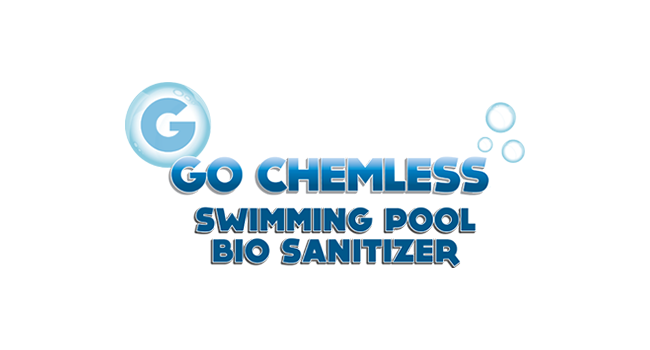Haloacetic Acids in Swimming Pools.
For the first time, the exposure of swimmers and workers to haloacetic acids (HAAs) in indoor and outdoor pools was evaluated through the analysis of urine samples. The subjects of this study, 49 volunteers, were male and female workers as well as swimmers (adults and children) who regularly attended an indoor pool (January–June) and an outdoor one (July and August). The results showed that HAAs appeared 20–30 min after exposure and were eliminated within 3 h. After 2 h exposure, urine samples taken from workers contained dichloroacetic (DCAA) and trichloroacetic (TCAA) acids at  300 and
300 and  120 ng/L levels since HAAs were aerosolized in the indoor ambient, whereas only DCAA was found in some workers’ urine samples from the outdoor pool but at
120 ng/L levels since HAAs were aerosolized in the indoor ambient, whereas only DCAA was found in some workers’ urine samples from the outdoor pool but at  50 ng/L levels, despite the fact that the outdoor pools generally had somewhat higher levels of HAAs than the indoor pools. After 1 h swimming TCAA, DCAA and MCAA were present at concentrations of
50 ng/L levels, despite the fact that the outdoor pools generally had somewhat higher levels of HAAs than the indoor pools. After 1 h swimming TCAA, DCAA and MCAA were present at concentrations of  4400,
4400,  2300, and
2300, and  560 ng/L, respectively, in the swimmers’ urine in the indoor pool; similar results were obtained from the swimmers in the outdoor pool due to accidental ingestion. Finally, exposure estimates indicate that ingestion is the major route of exposure (
560 ng/L, respectively, in the swimmers’ urine in the indoor pool; similar results were obtained from the swimmers in the outdoor pool due to accidental ingestion. Finally, exposure estimates indicate that ingestion is the major route of exposure ( 94%), followed by inhalation (
94%), followed by inhalation ( 5%) and dermal contribution (
5%) and dermal contribution ( 1%).
1%).

